This year’s annual report from the regulatory collective that is the Energy Security Board awards itself gongs for overseeing a (temporary) spot price decline and assembling an armoury if new tools to prevent catastrophe from a system poisoned by renewable energy subsidies. Unfortunately, it declines to illuminate the additional costs this has entailed, preferring instead to give cover to the politics behind the demise of the industry’s efficiency.
The report is a consensus by the peak energy body itself and its three sister regulators, the Australian Energy Market Commission, which has custody over the market rules; the Australian Energy Regulator responsible for setting network prices; and the Australian Energy Market Operator (AEMO), responsible for scheduling supplies and ensuring supply/demand balance. It addresses the “challenge” to:
- supply electricity when solar and wind are not available;
- create new markets for services like frequency, voltage control, inertia, and system strength; and
- reconfigure networks to accommodate wind, solar and rooftop generation.
The ESB says this challenge stems from falling technology costs, consumer preferences and government regulations bringing a wind/solar share of electricity from zero to 27 per cent by 2022 and 40 per cent by 2030.
Unsaid is that investment in these renewables would be trivial without the subsidies from consumers and taxpayers that meet over half their costs. Those outlays are now being compounded by others devised to meet the “challenge” of the unreliable subsidised supplies that have been nurtured.
The ESB’s main concern is system security stemming from the deluge of intermittent renewable supplies. This has resulted in AEMO, having to intervene in the market thirty times as often as in the past. Perhaps because it is being diplomatically coy, the ESB suggests the problem is aggravated by climate change (topical in view of the 2019-20 fire season but not a cause of additional volatility) and ageing fossil fuel plant, (which has not actually been subject to abnormal numbers of forced outages).
Perhaps further to please its political masters, the ESB report contains several howlers.
Among these is a naive comparison the bills of households with and without rooftop solar installations. As shown below, the formers’ bills that are around half of those without installations. But it would have been informative for the ESB to address the true costs, after subsidies, for the two sorts of households as well as any wider costs imposed as a result of the marked swings in supply that solar imposes on system security.
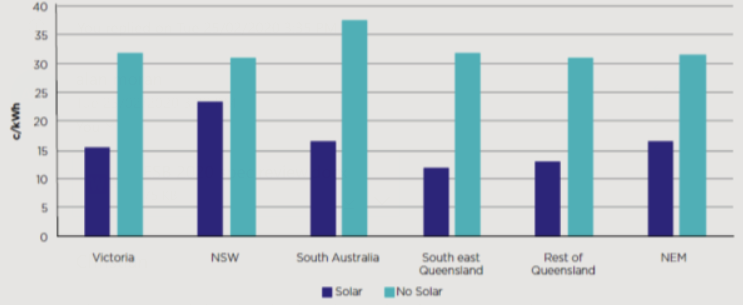
The report lauds the regulatory favouring of renewables, arguing, “A range of government incentives have enabled value to be realised from new technology.” It cites international price falls of renewables by up to 85 per cent as somehow attributable to Australia’s policies. That fall in prices, in fact, is typical of an infant industry exhibiting lower costs, albeit at a declining rate that is now comparable to that of fossil fuel generation plant. Wind/solar as a firm supply sources will be unable to deliver electricity to customers at less than $100 per MWh while coal, in the absence of wind and solar being able to force it to operate below capacity, would be available at half of this cost.
The report also expresses an appreciation that Australia’s ratio of manufacturing output to energy input – which it calls Australia’s “energy productivity” — has increased in recent years. Citing OECD material, it shows Australia uses three times as much energy per dollar of manufacturing output than Germany. But this is a meaningless figure. Australia’s so-called low energy productivity reflects the structure of Australian manufacturing where smelting industries consume almost half of total energy. On the ESB’s logic, a closure of the smelters would bring about a welcome doubling of manufacturing industry’s energy productivity.
In addition, the report worries about the price of coal and gas and that we may face higher underlying prices because of linkage that Australian prices have with those overseas. In fact, Victorian coal has no linkage since it is not transportable and its cost increases are due only to the tax (disguised as a “royalty”) that the Victorian Government has placed on production. Supply availability of Victorian coal at current extraction costs is essentially infinite. NSW and Queensland are similar since the coal used domestically comprises low-quality by-product grades that cannot be economically shipped overseas.
In the case of gas, the domestic price is linked to the international market, but this need not lead to higher prices. Prices are cost–reflective and are therefore much lower where they do not face international shipping costs. In the US, which is also a gas exporter, domestic prices are only one-third of the price of US gas landed in Asia. There are massive supplies of gas in Australia and the only thing missing is the southern states’ government production embargos.
Regulatory policies have brought a doubling of prices. Though a glut in wind and solar supply will reduce prices over the next two years, they will remain 50 per cent above historical levels. Moreover, unless deindustrialisation accelerates, prices will again climb further as subsidised renewables force more coal generation capacity to exit.
Costs are further augmented by the interventions made by AEMO to prevent market collapse and by increased transmission outlays to link windfarms to customers (especially by Victoria which is legislating to release itself from the apolitical oversight over augmentations). All this means higher prices and reduced competitiveness of the rural and mining industries. These have brought the exports, which together with the low cost of gas and electricity as inputs to domestic supply, have created our present living standards.
For the tumescent regulatory apparatus hosted by the energy industry, political control of the market creates a stimulating vocation that would otherwise be a mundane job of electricity supply scheduling and authorising network augmentations.
But for industry and households, the outcome is a nightmare of doubled prices and unreliable supply.
Alan Moran is with Regulation Economics.
Got something to add? Join the discussion and comment below.
Got something to add? Join the discussion and comment below.
Get 10 issues for just $10
Subscribe to The Spectator Australia today for the next 10 magazine issues, plus full online access, for just $10.

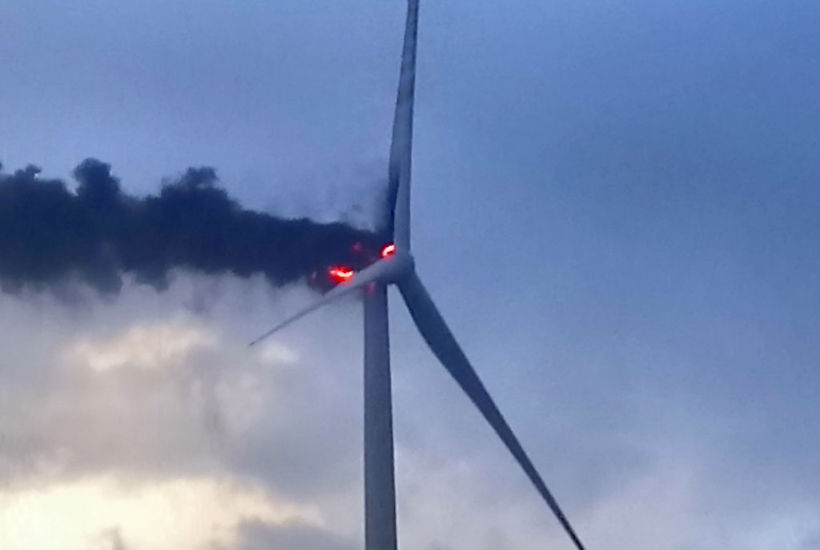
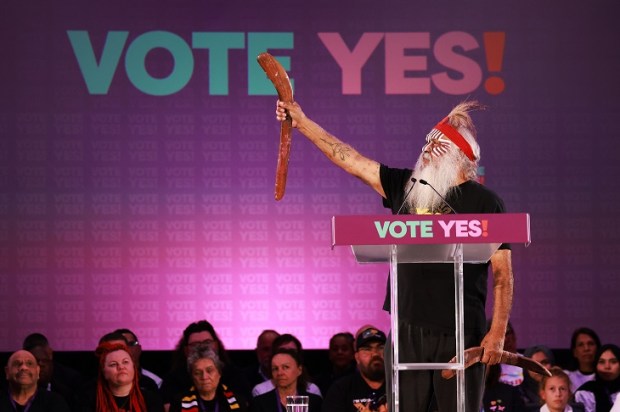
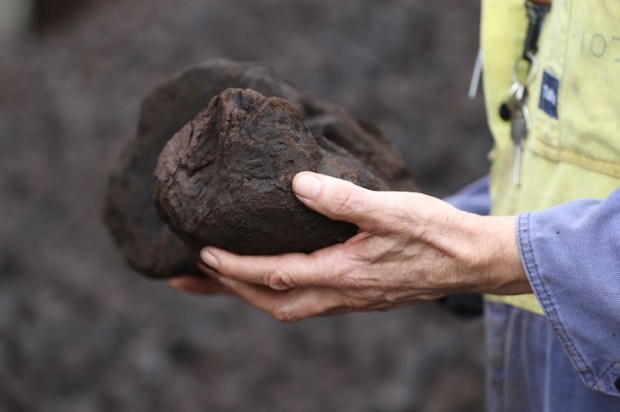


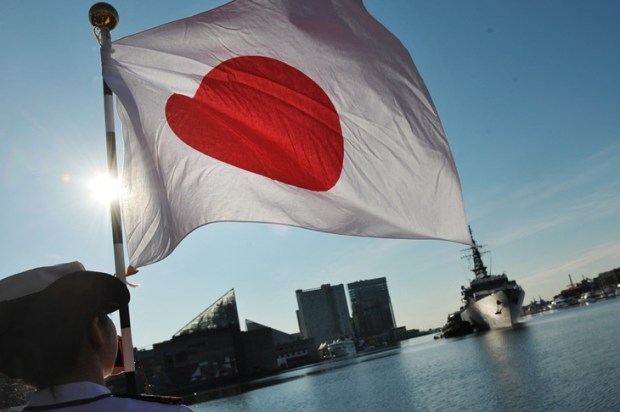








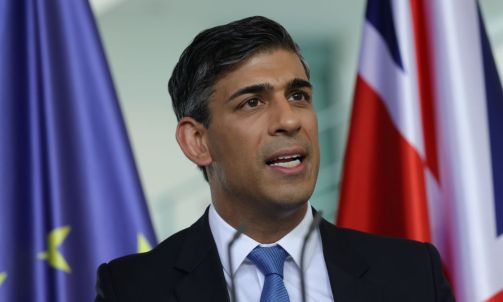
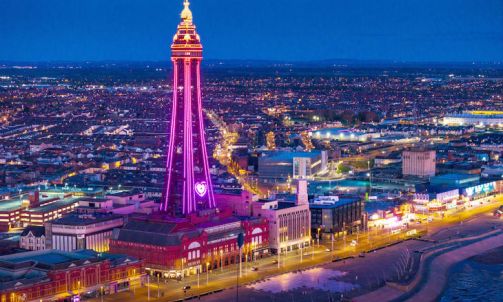


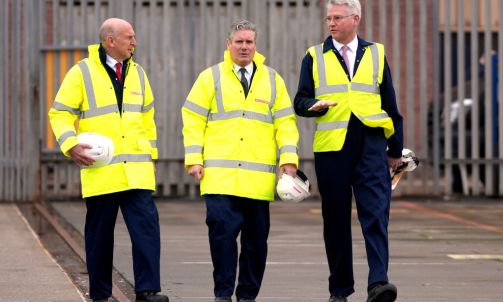






Comments
Don't miss out
Join the conversation with other Spectator Australia readers. Subscribe to leave a comment.
SUBSCRIBEAlready a subscriber? Log in